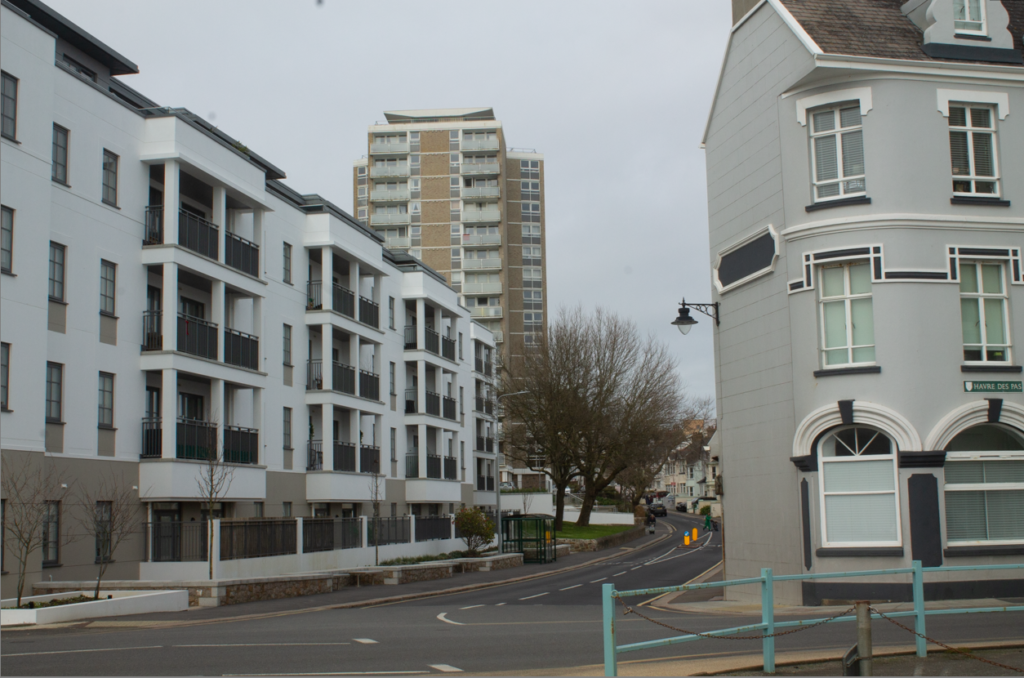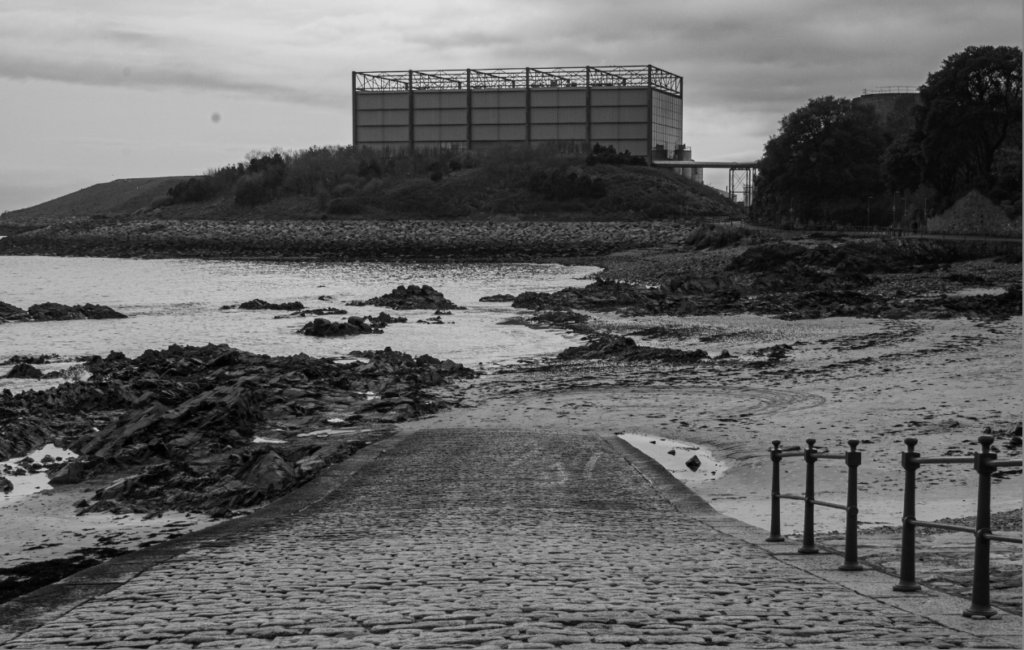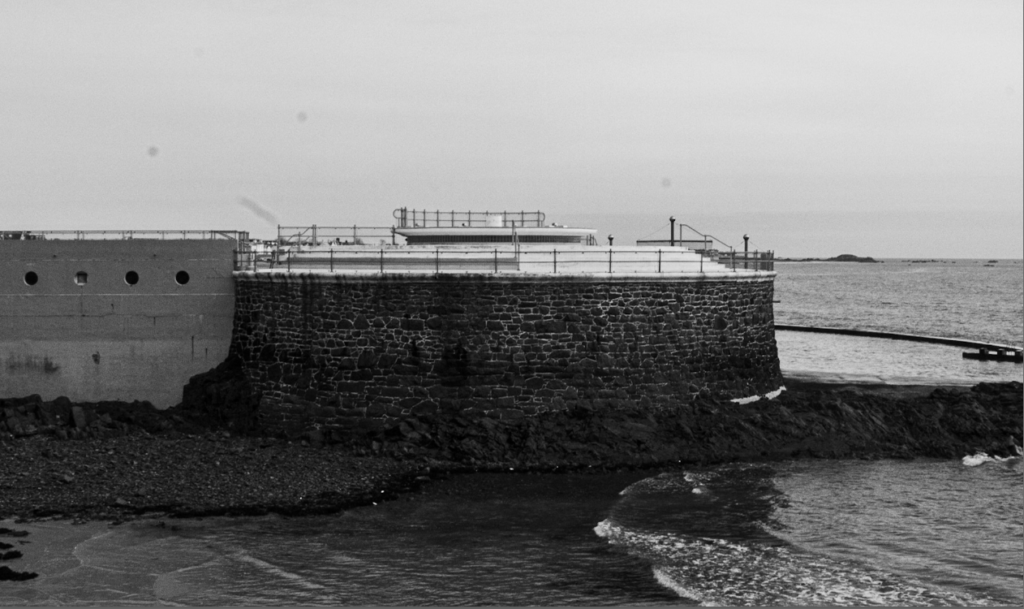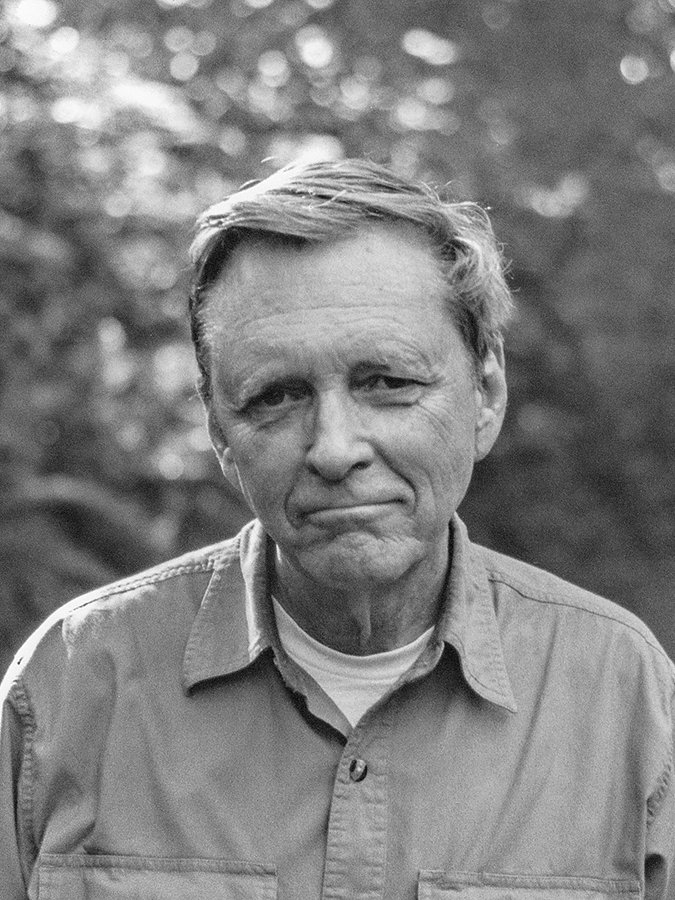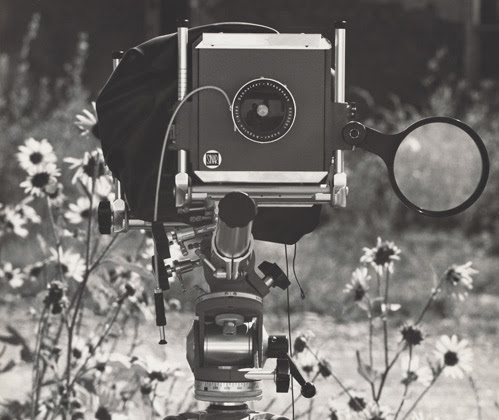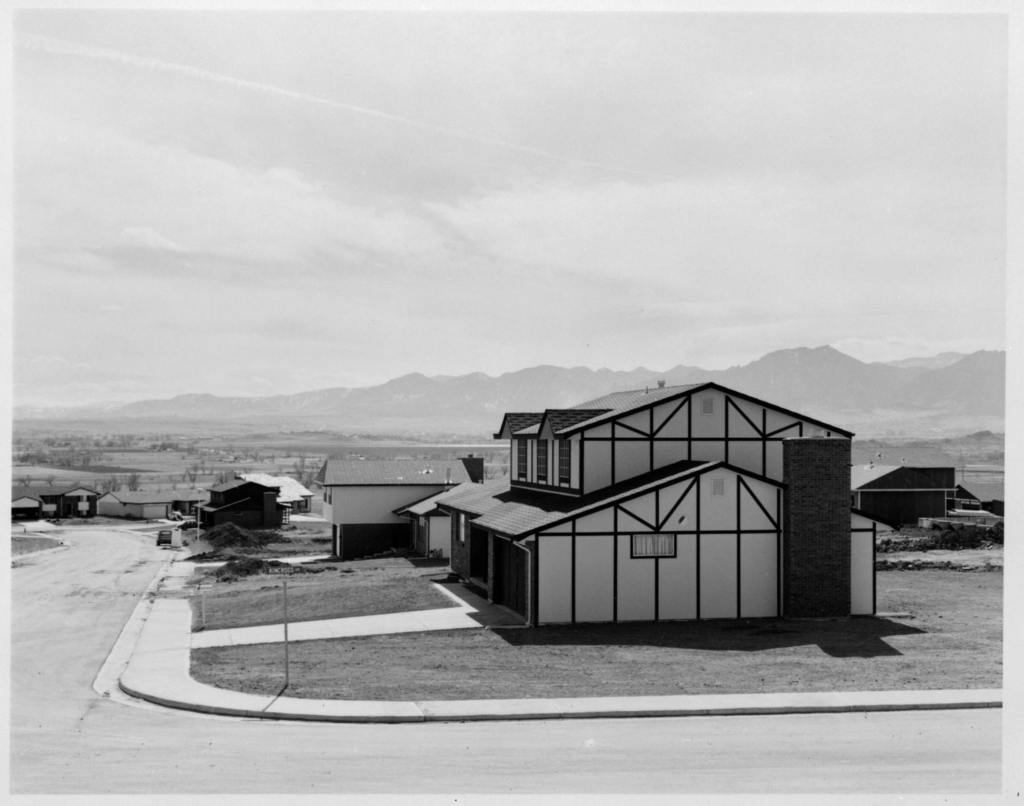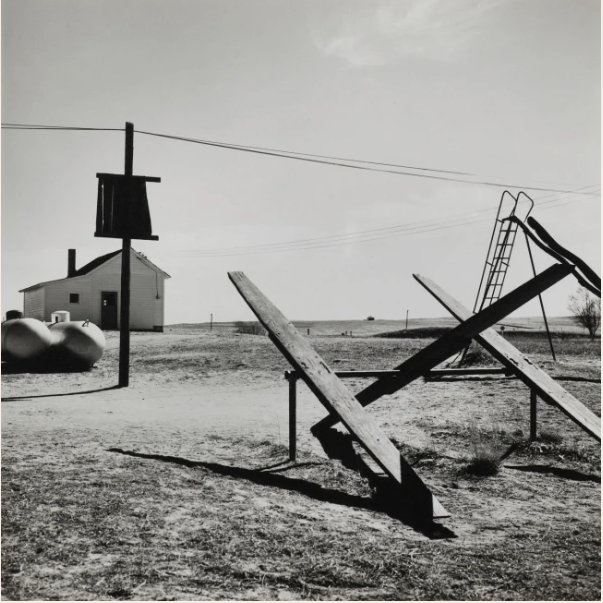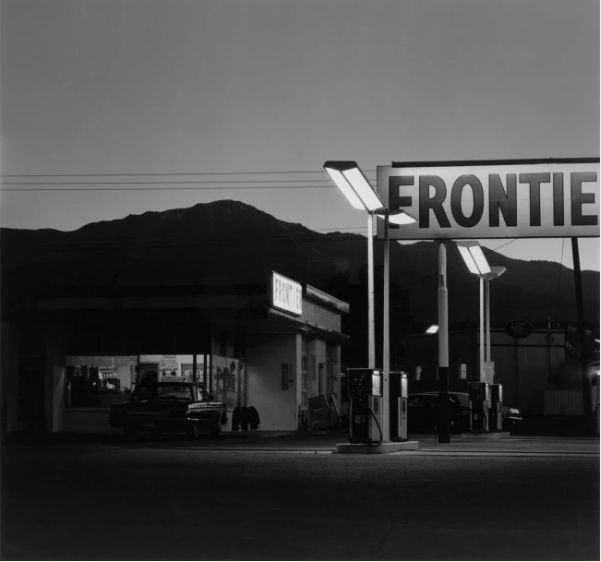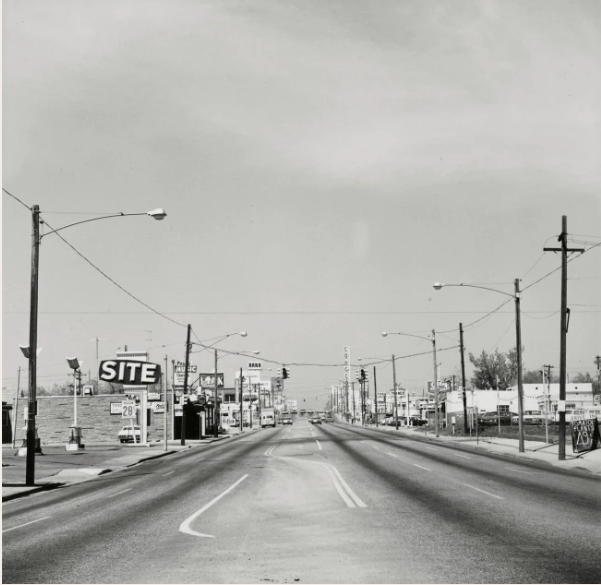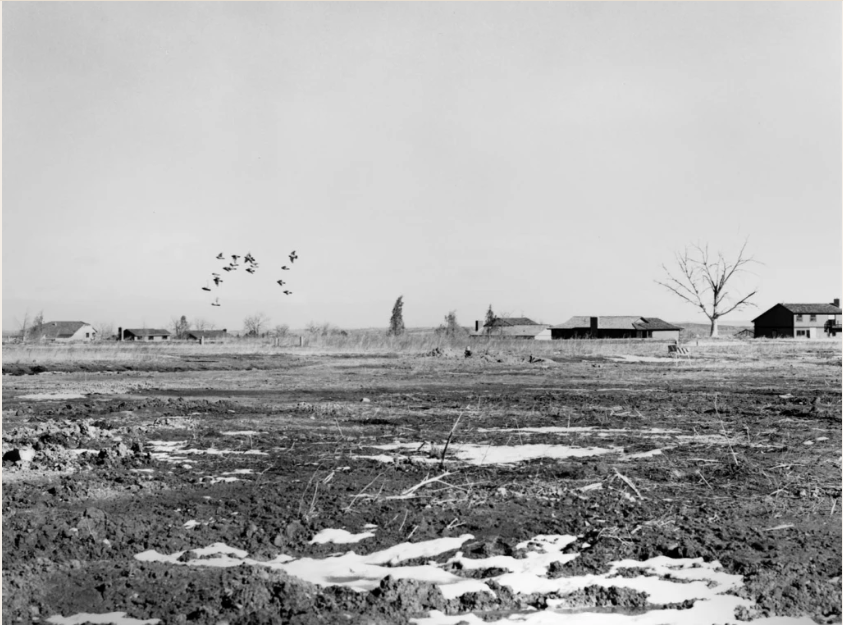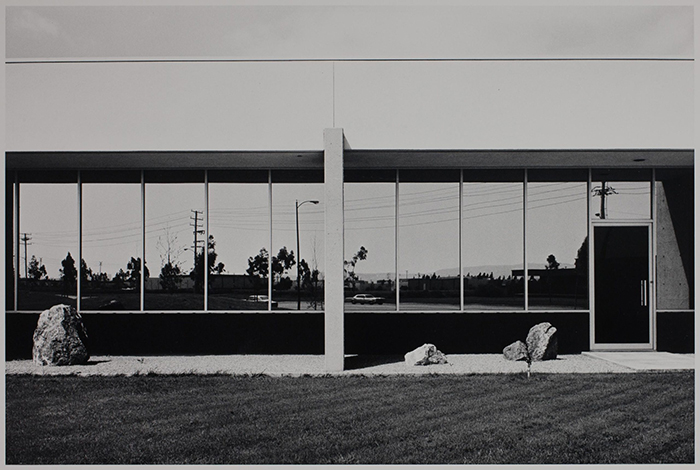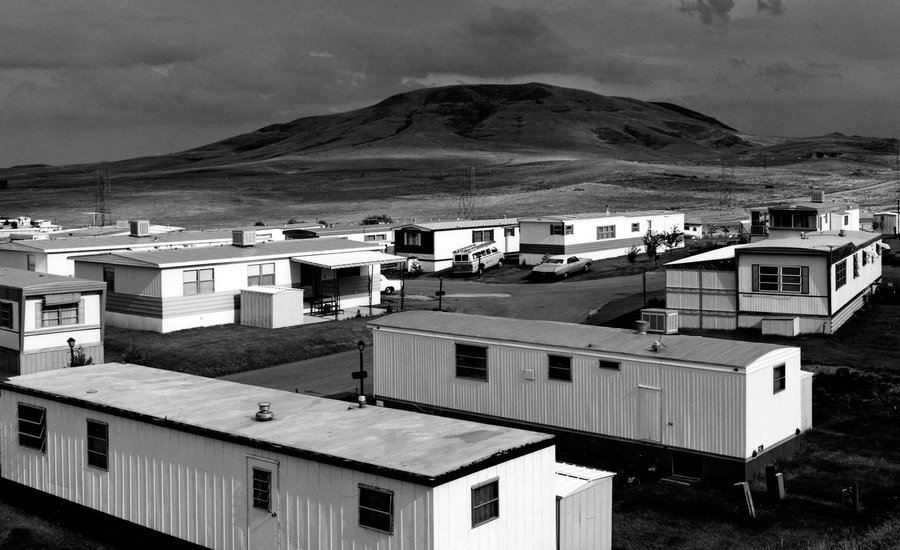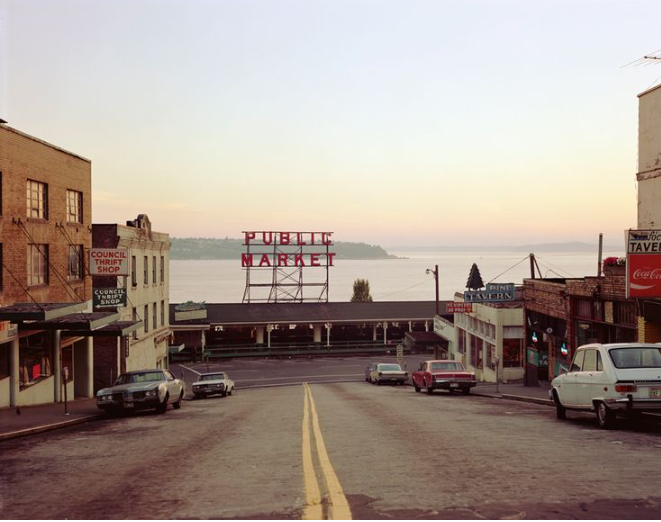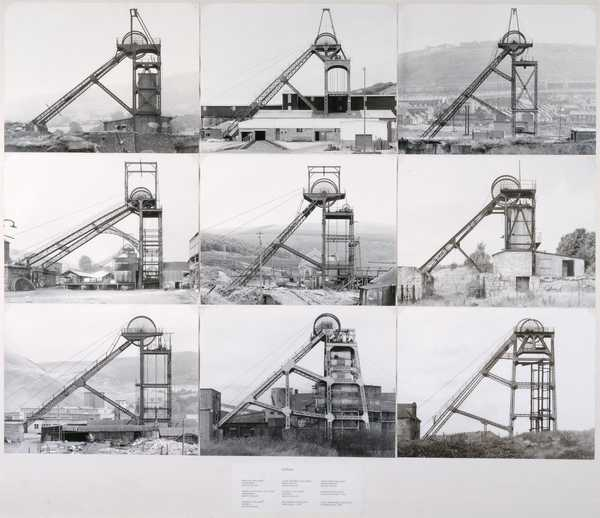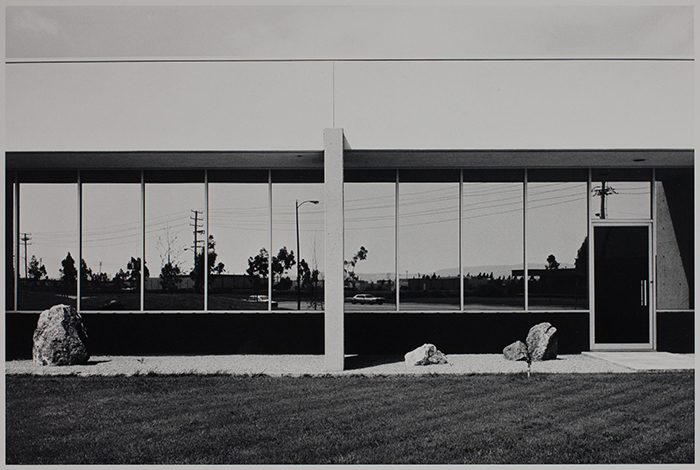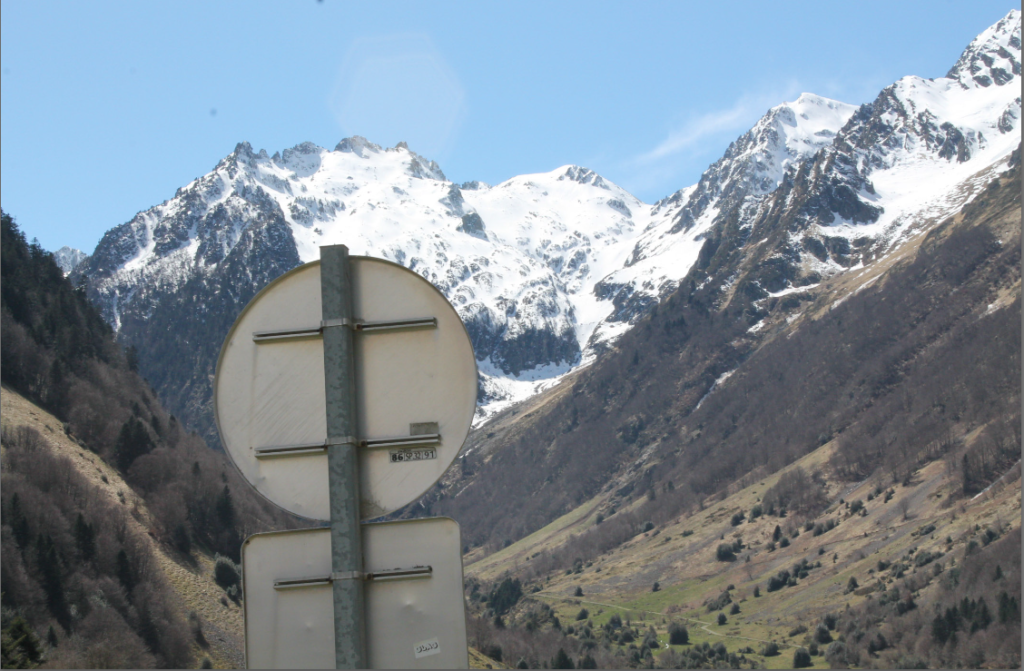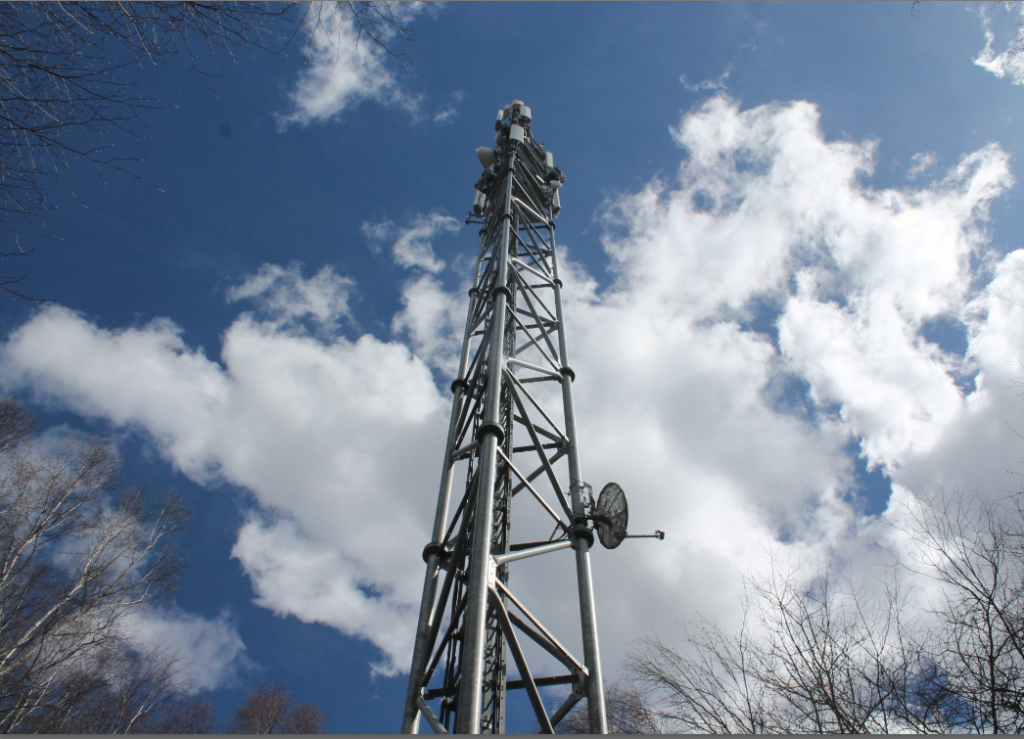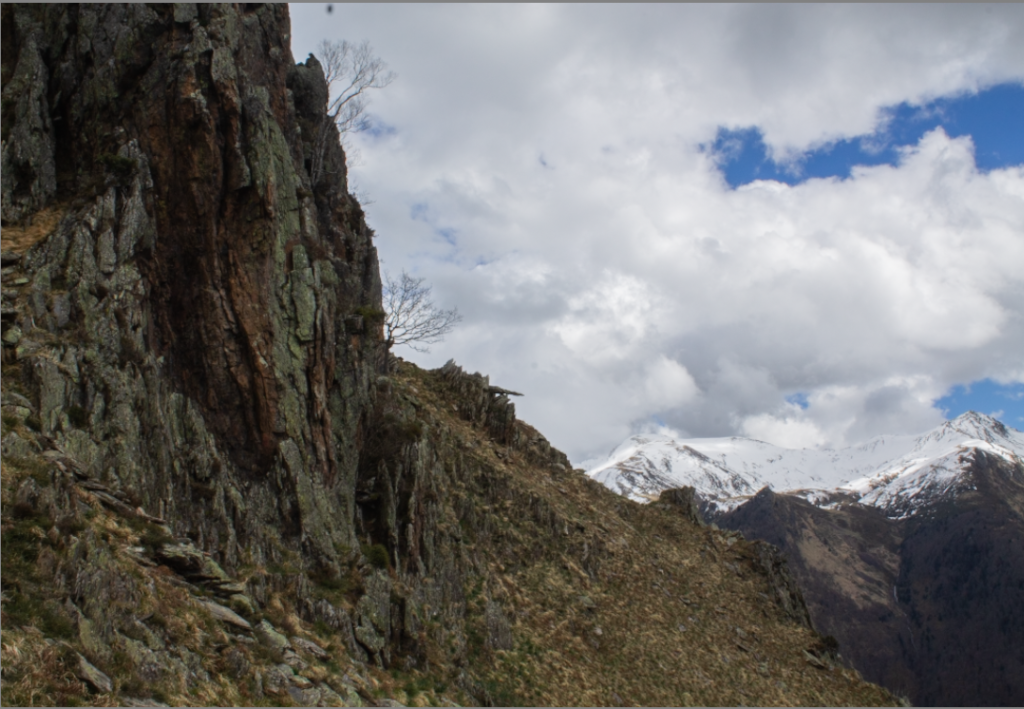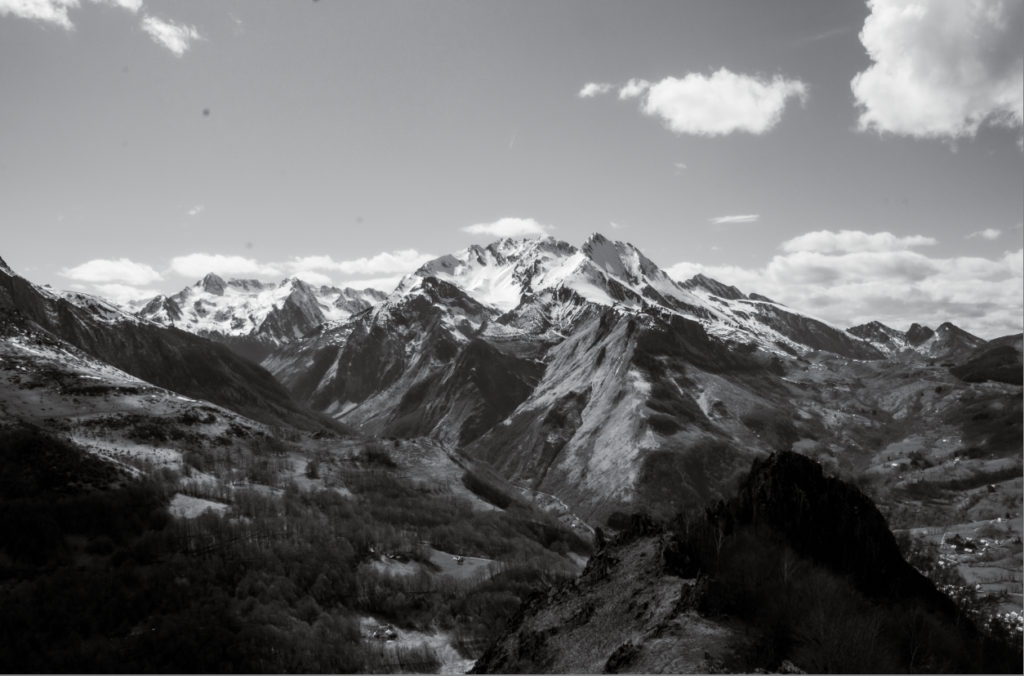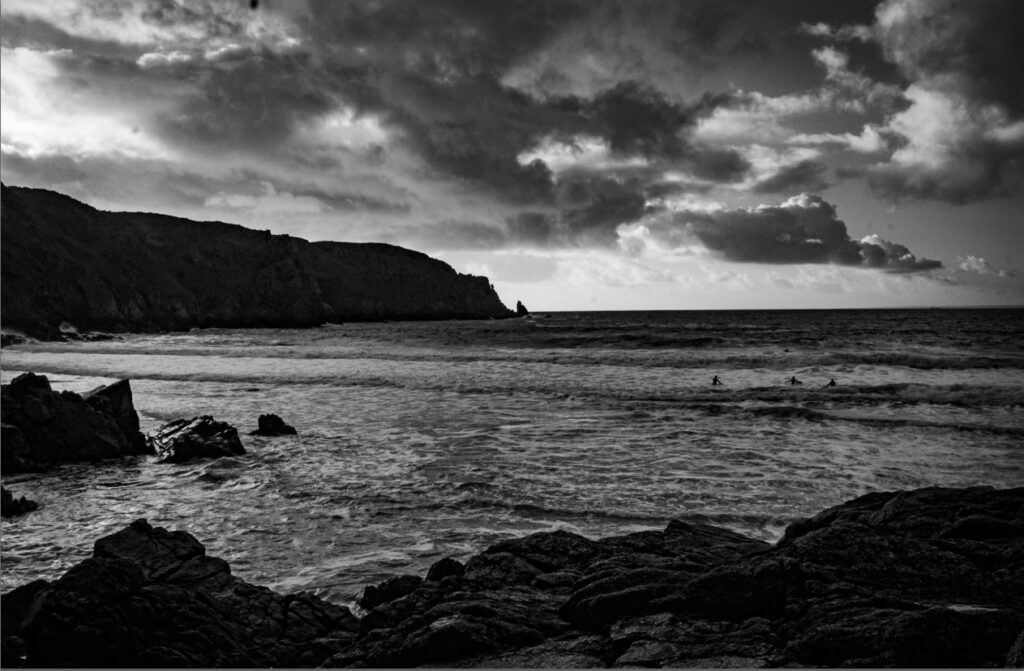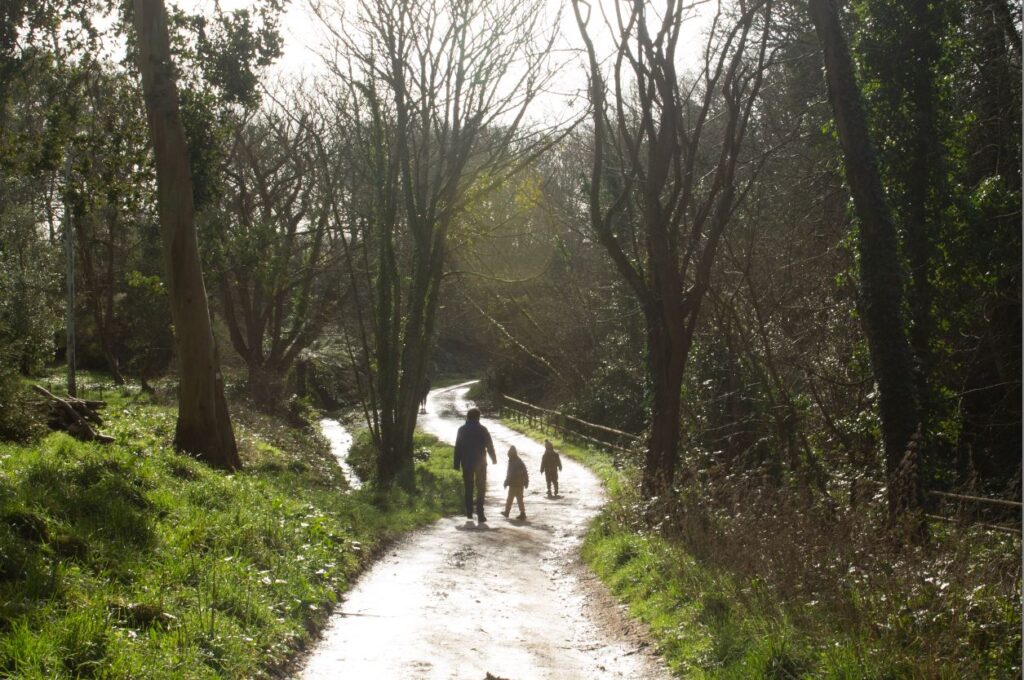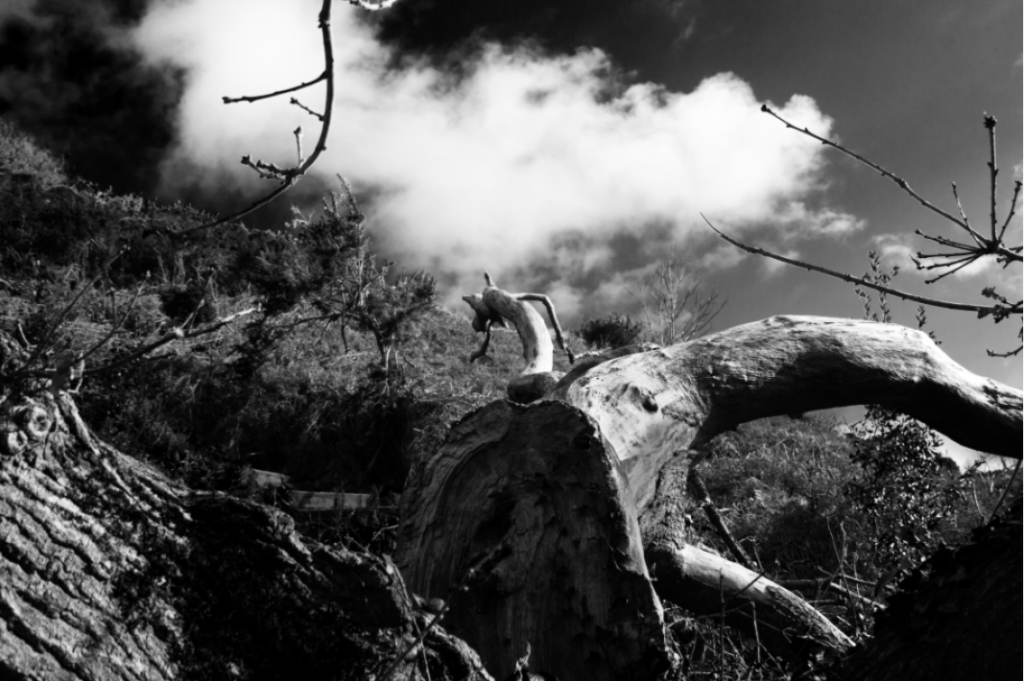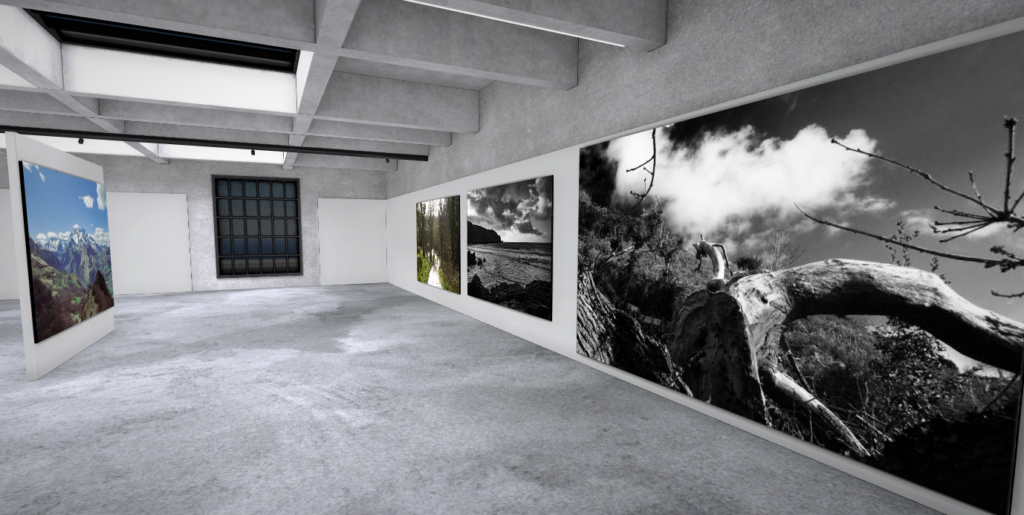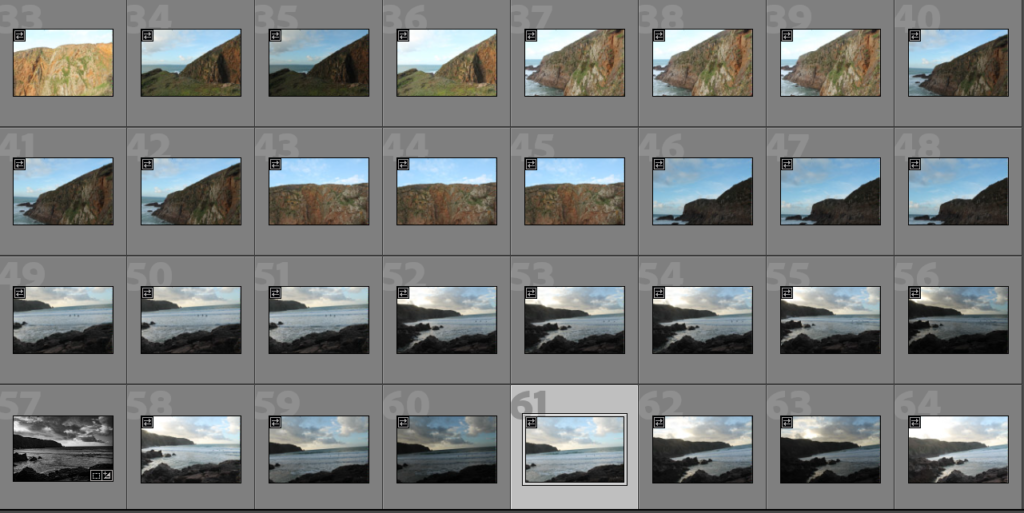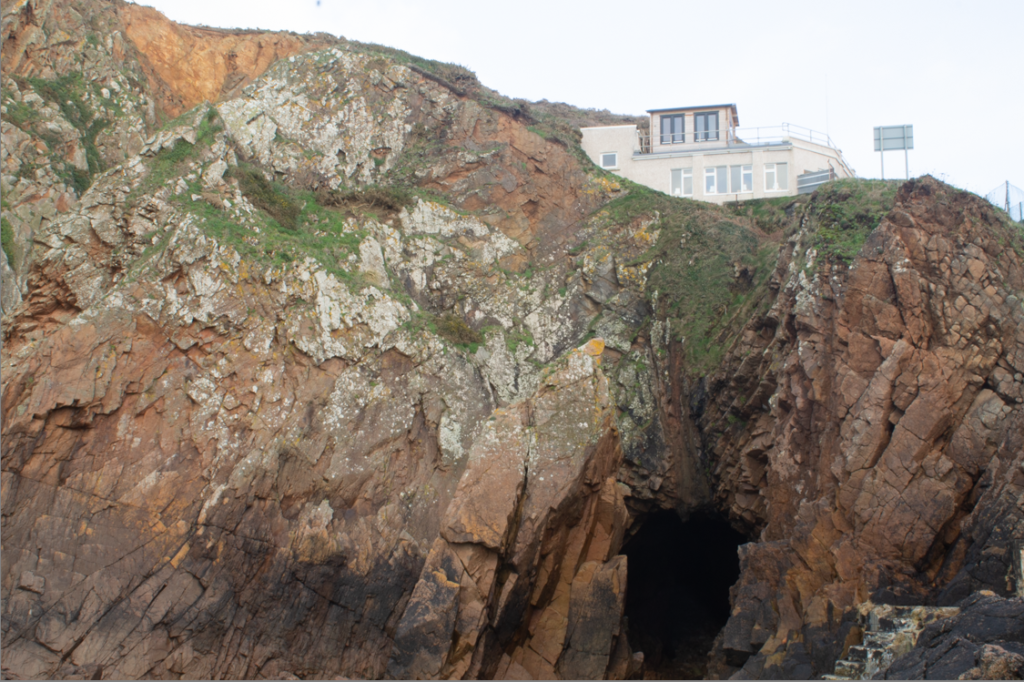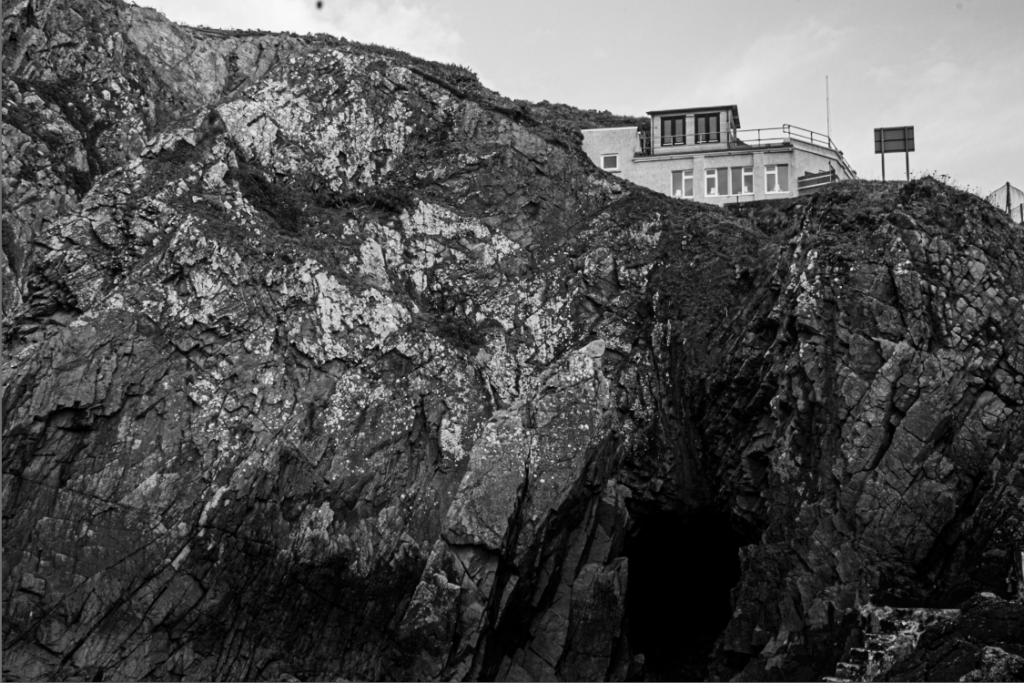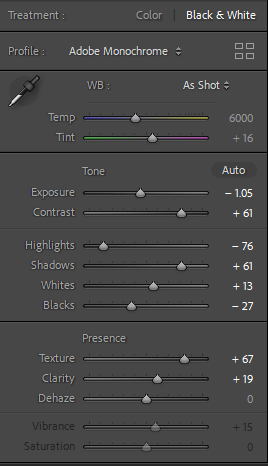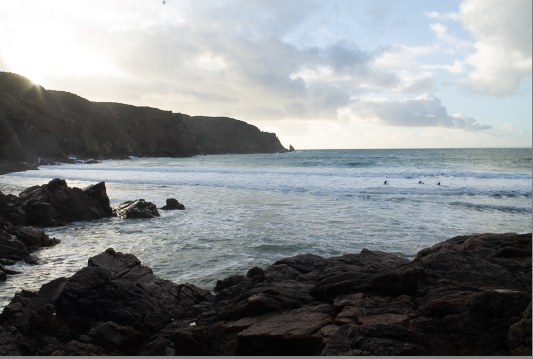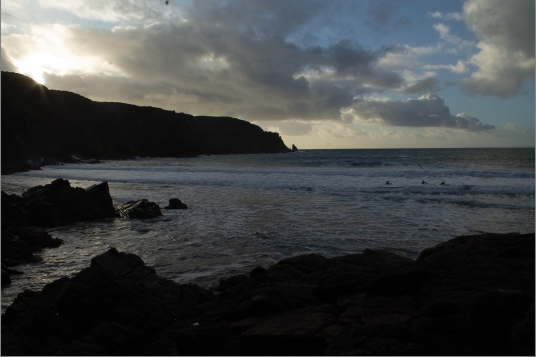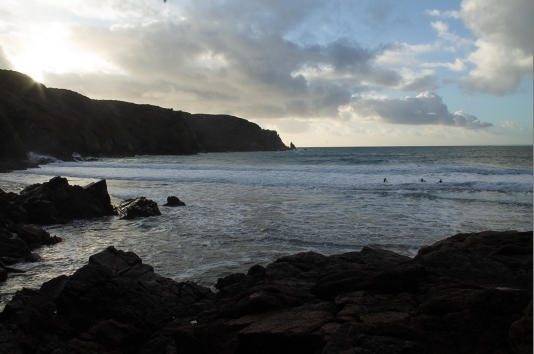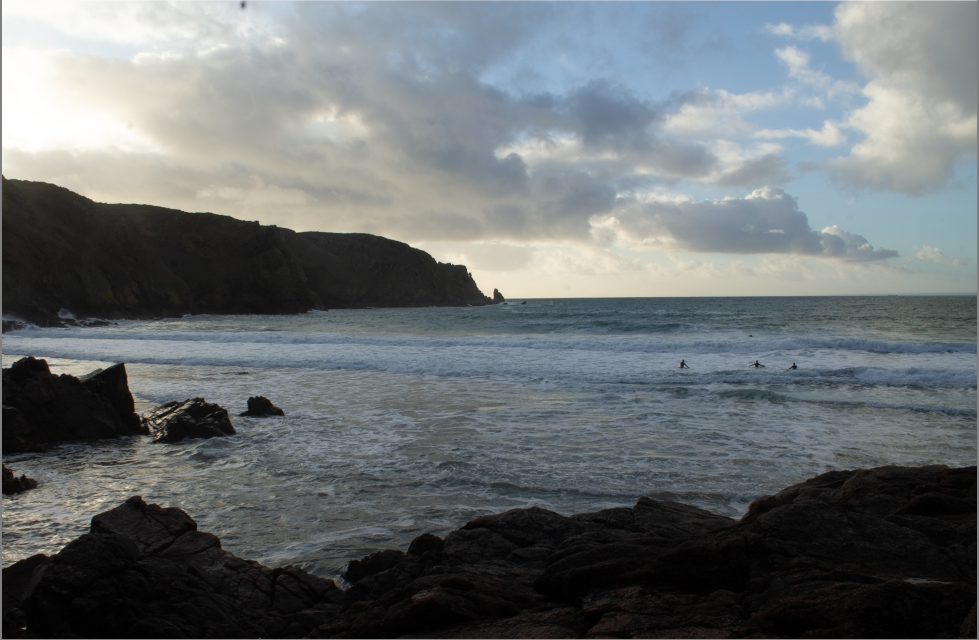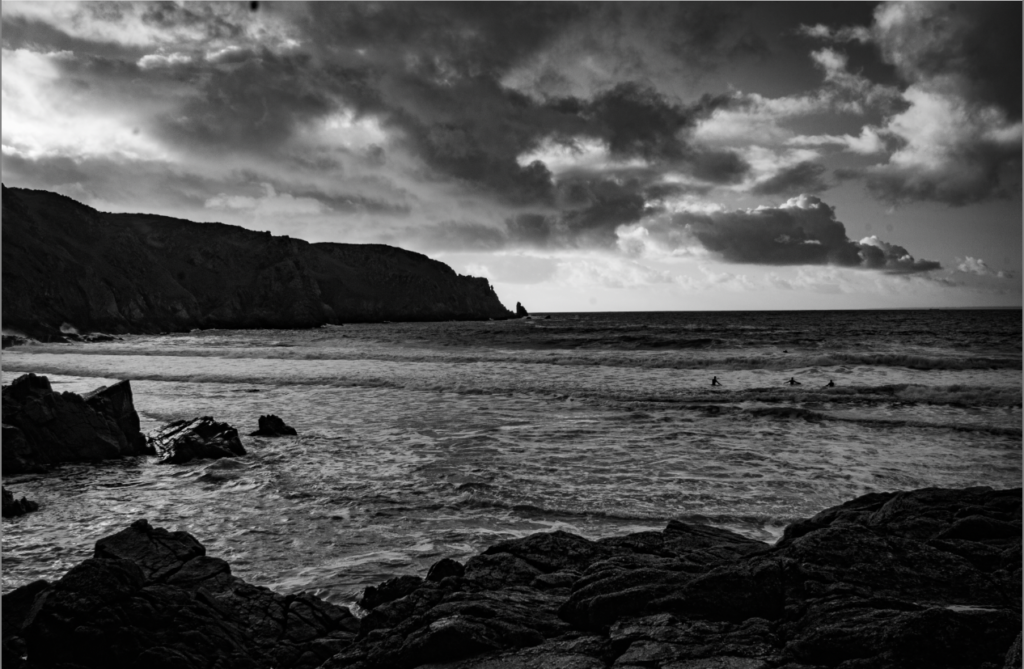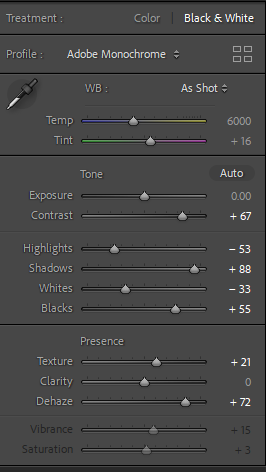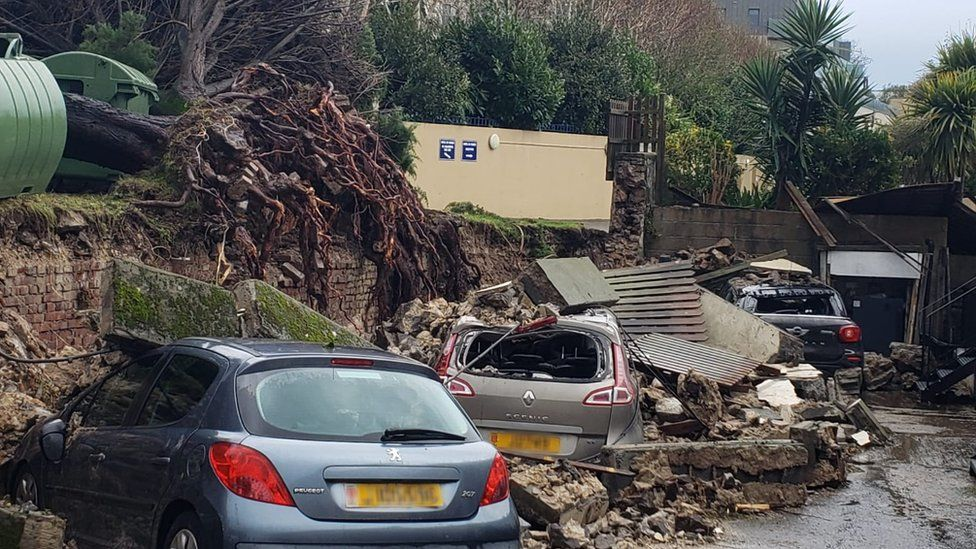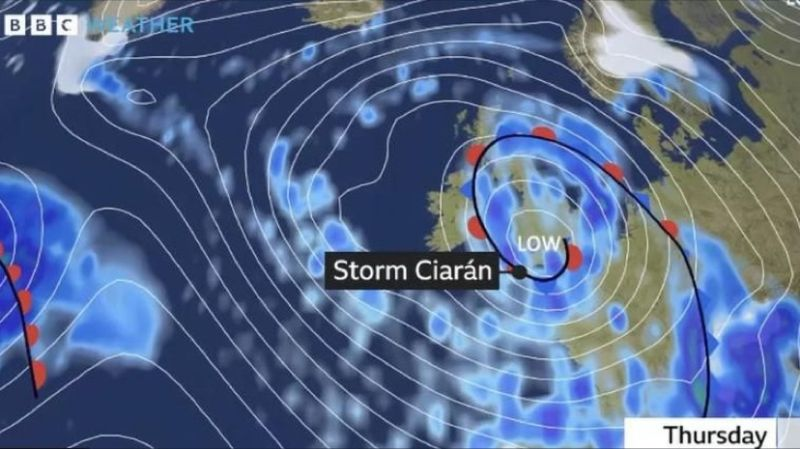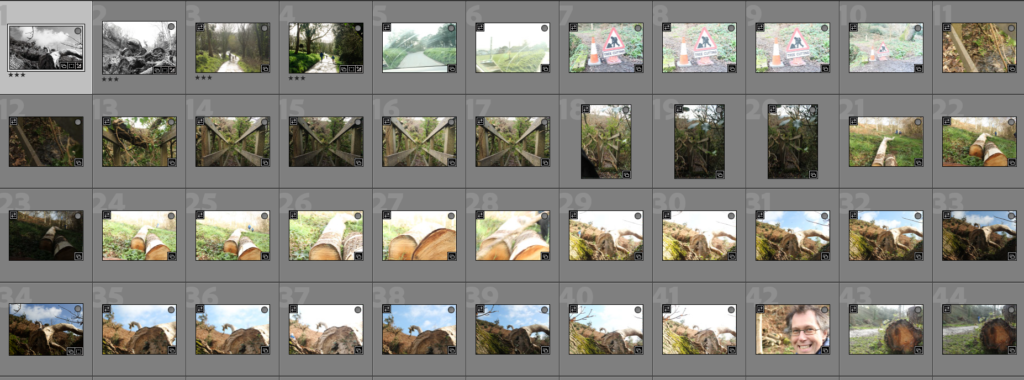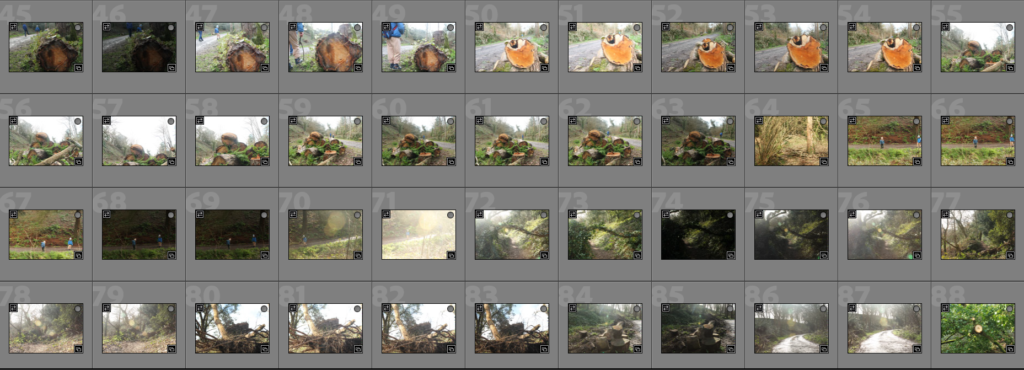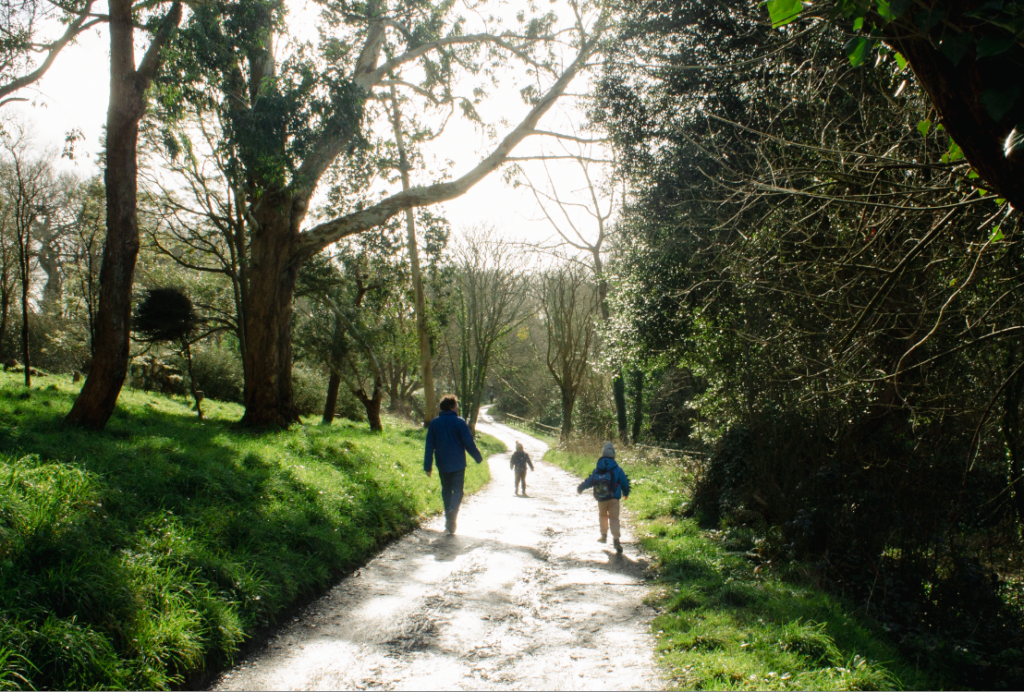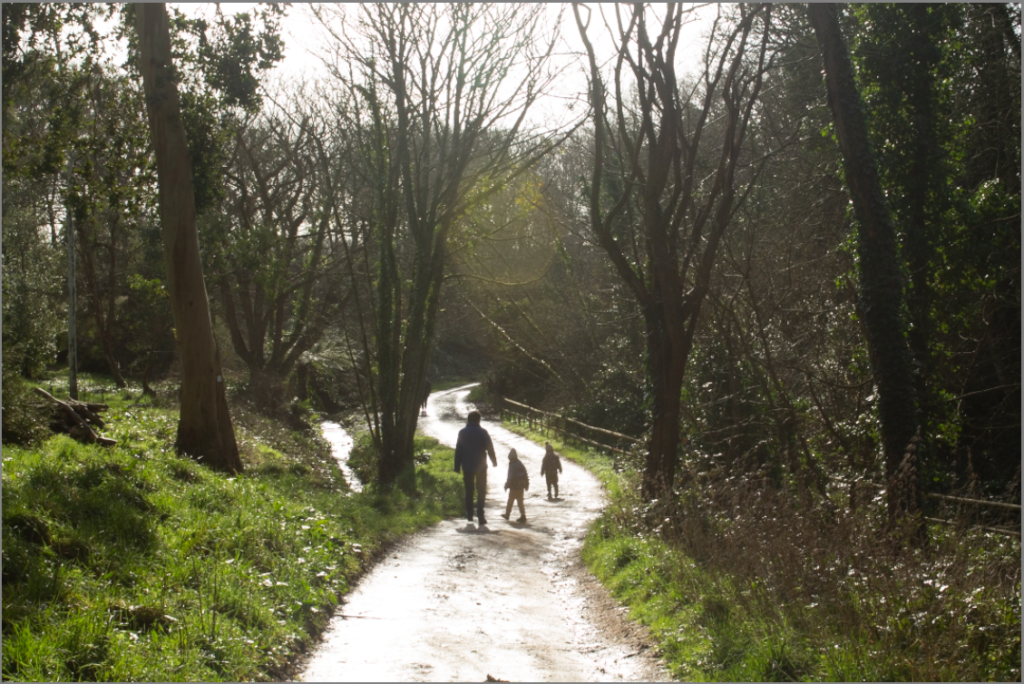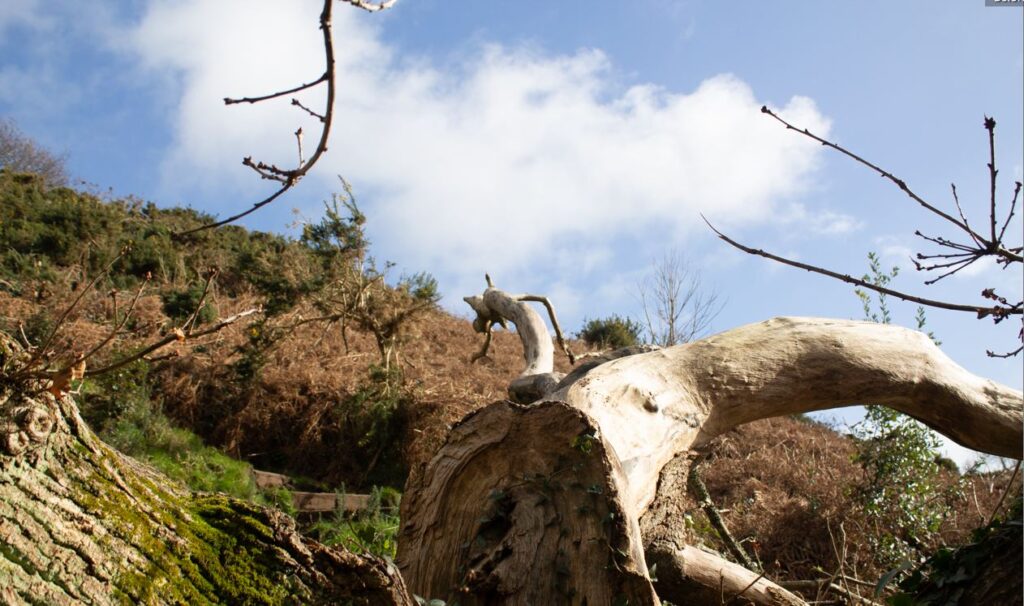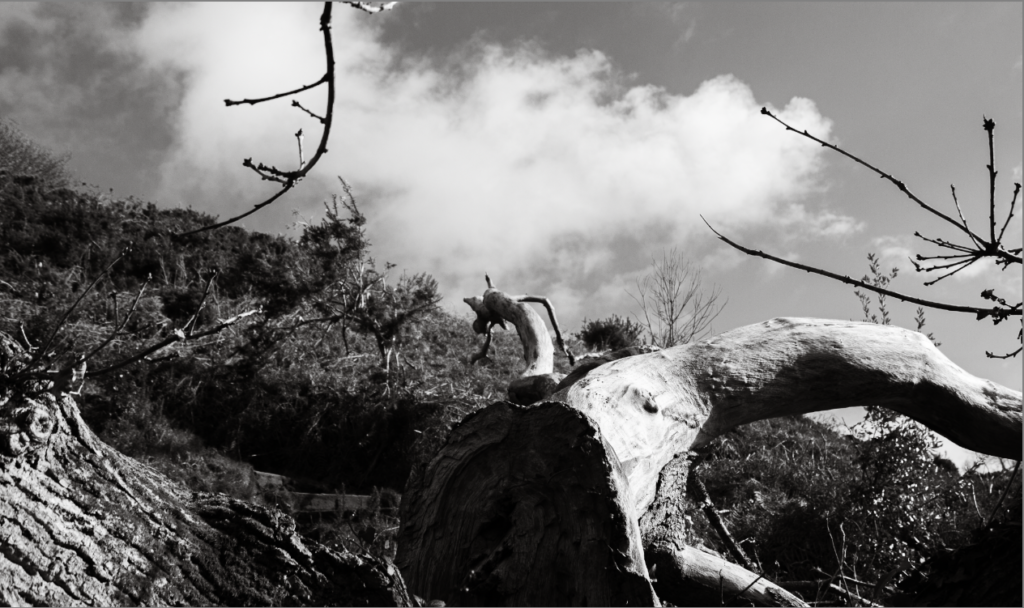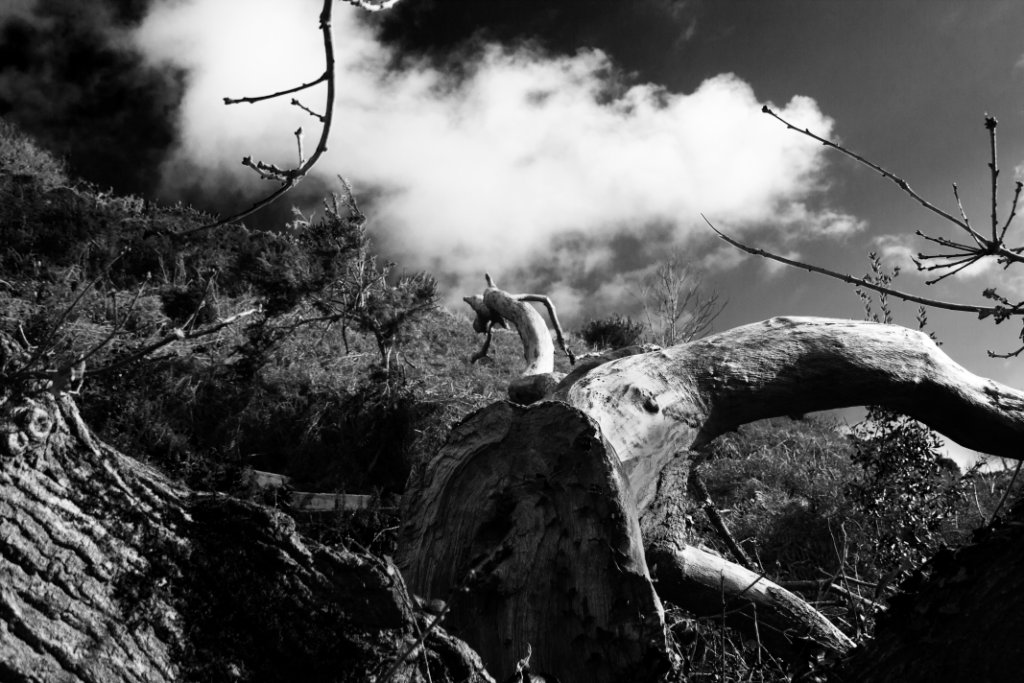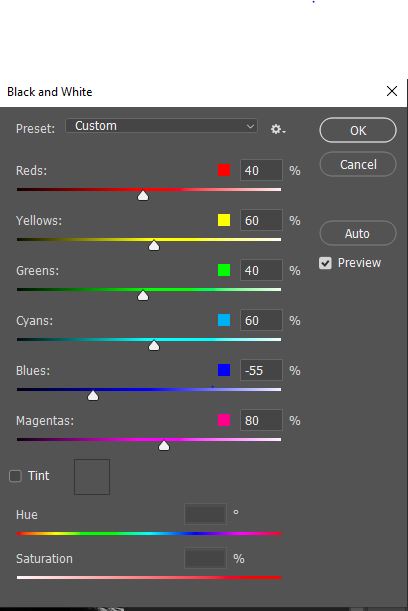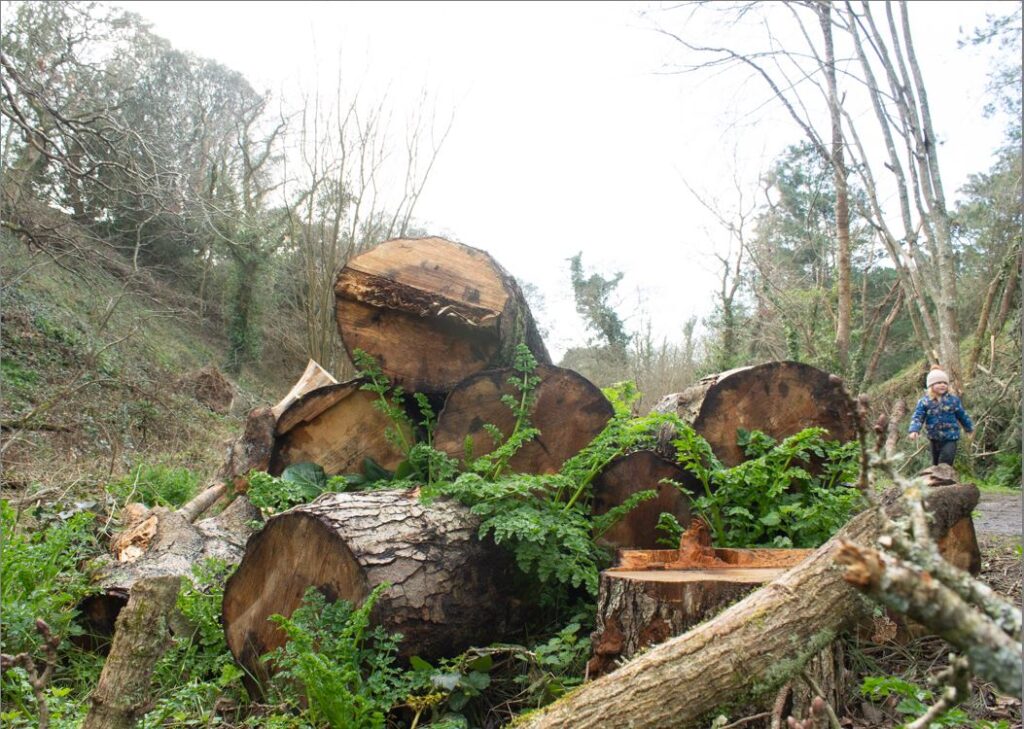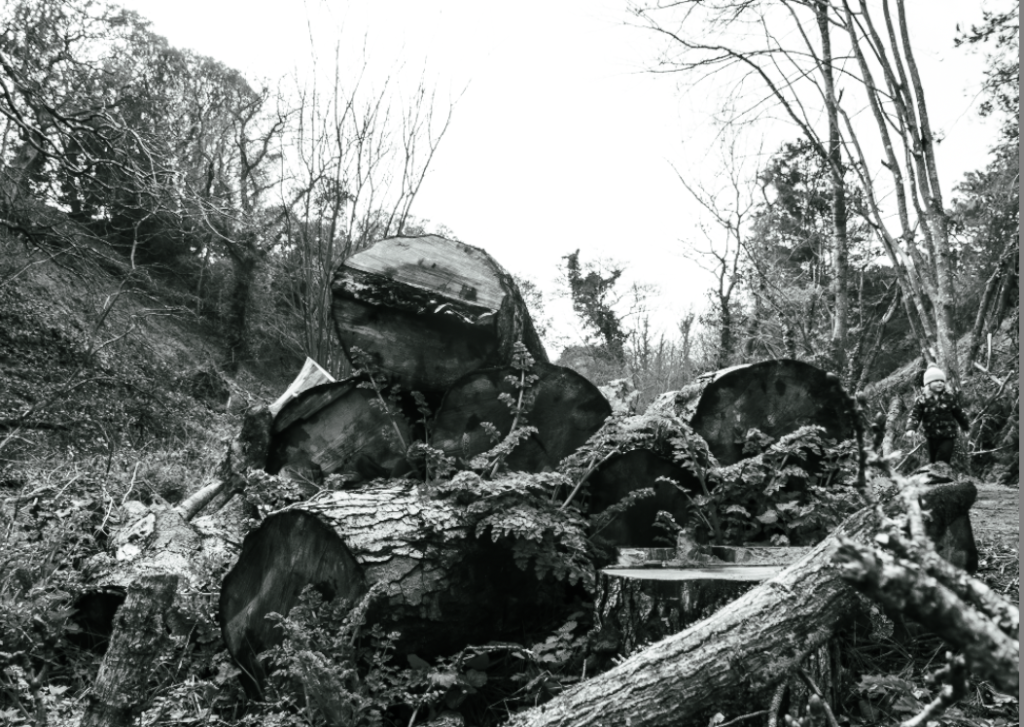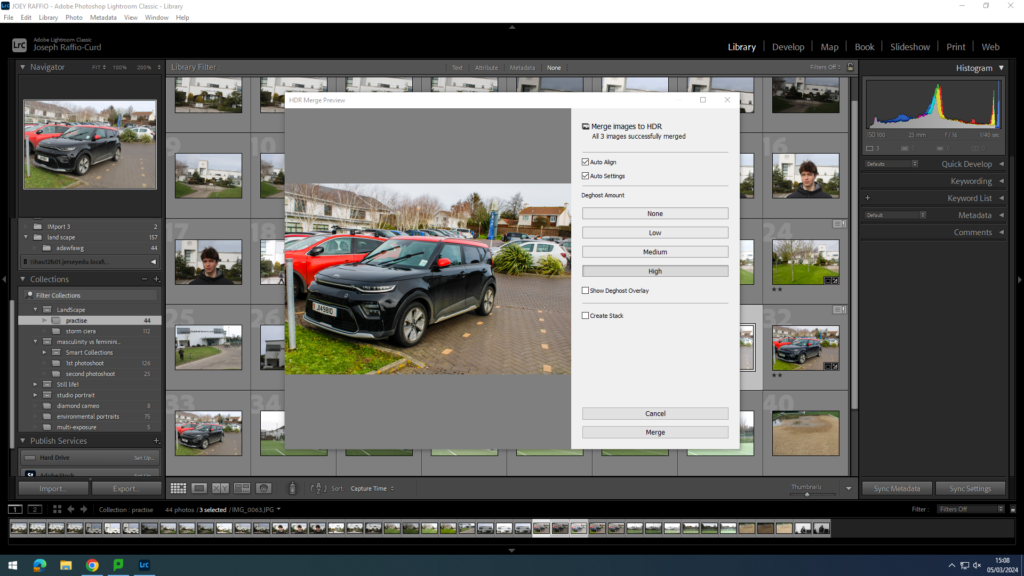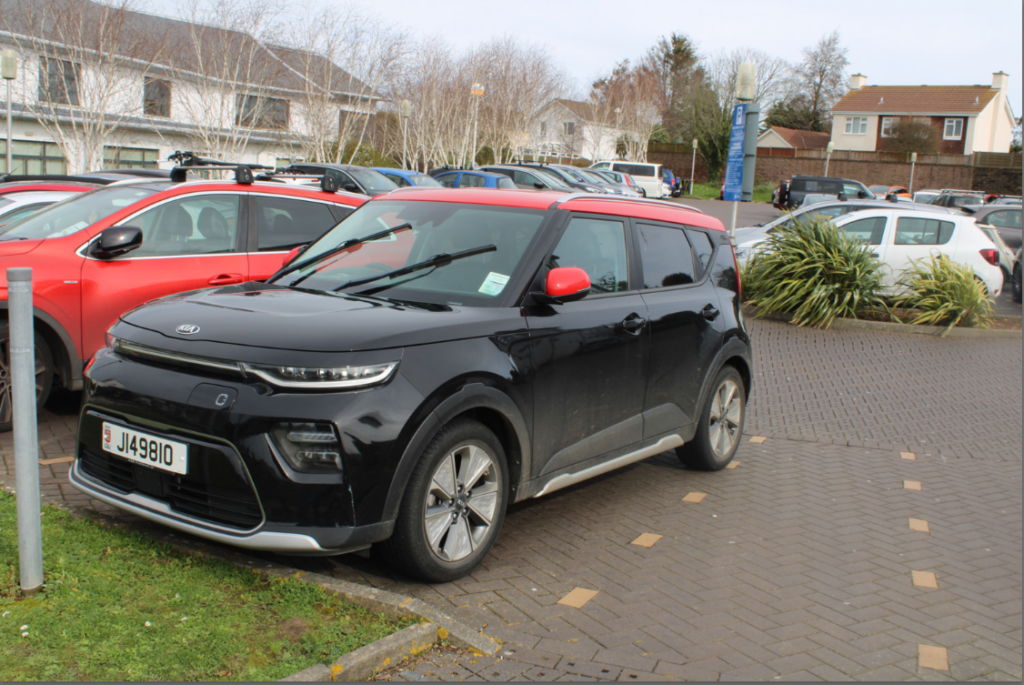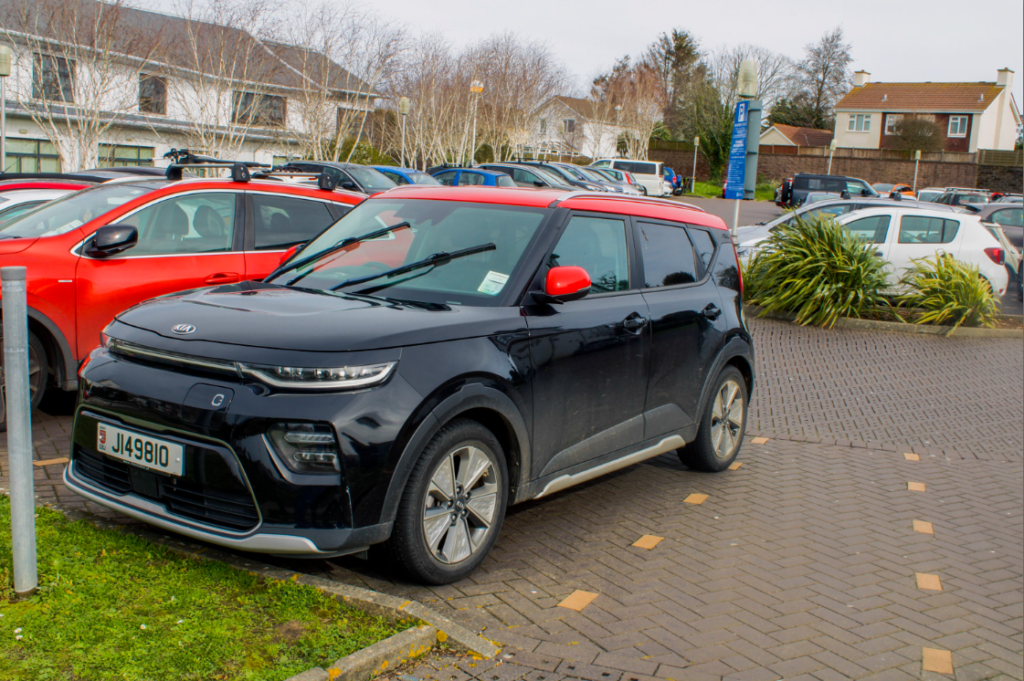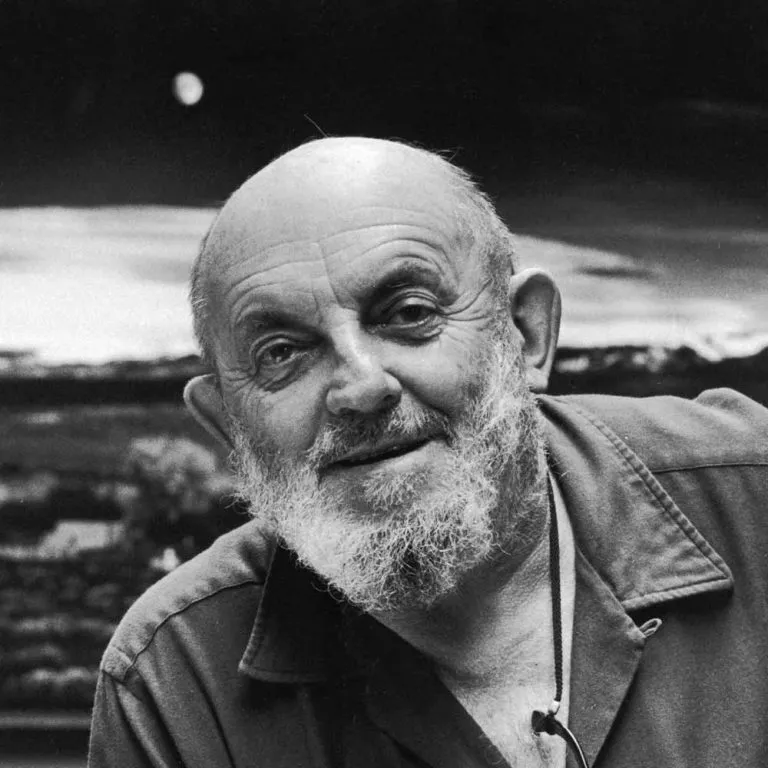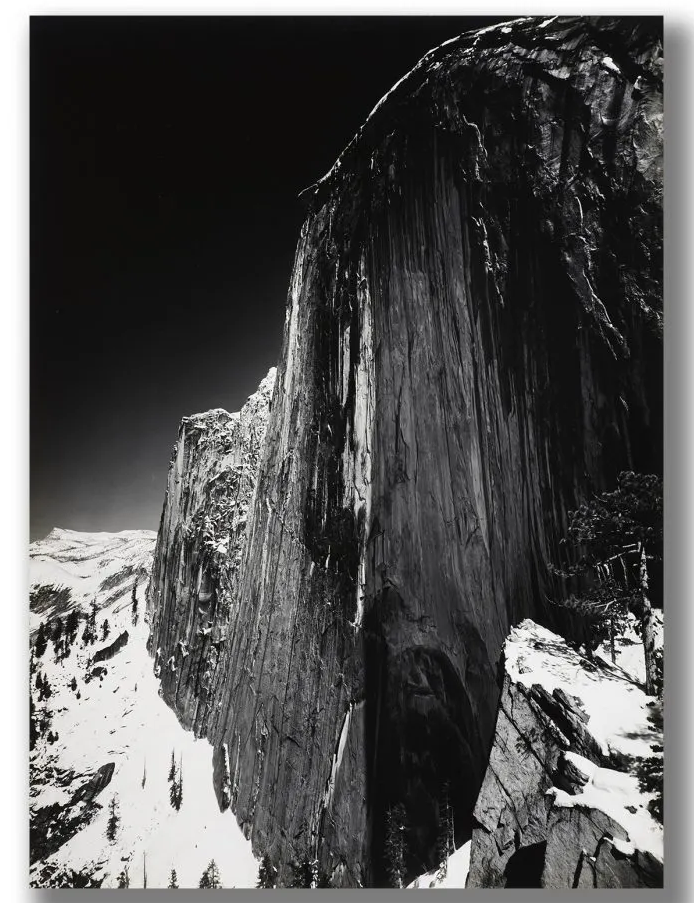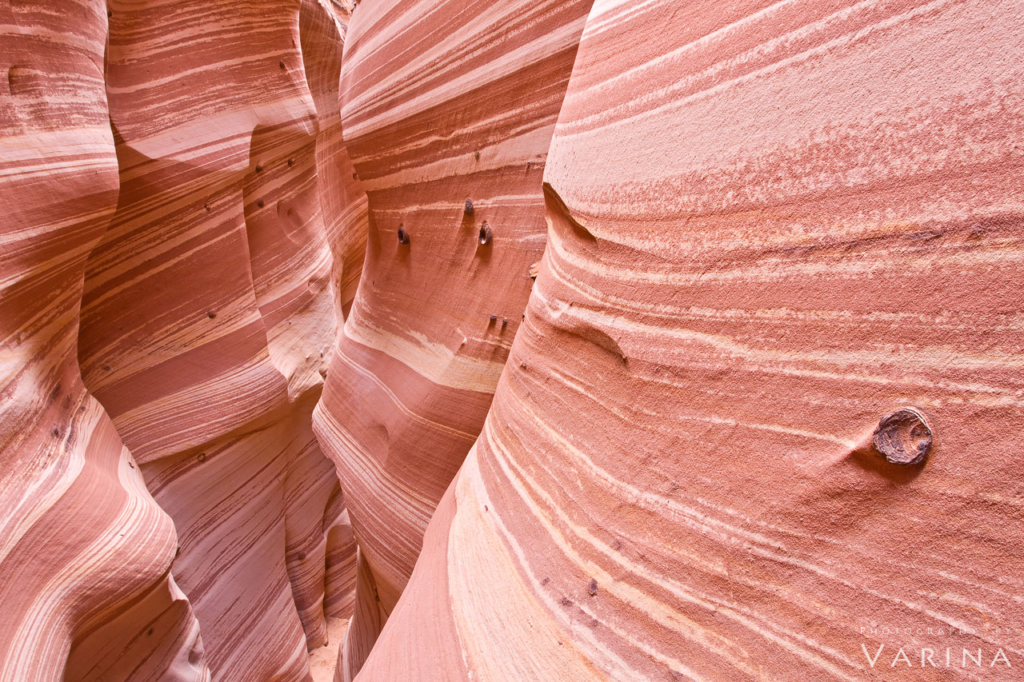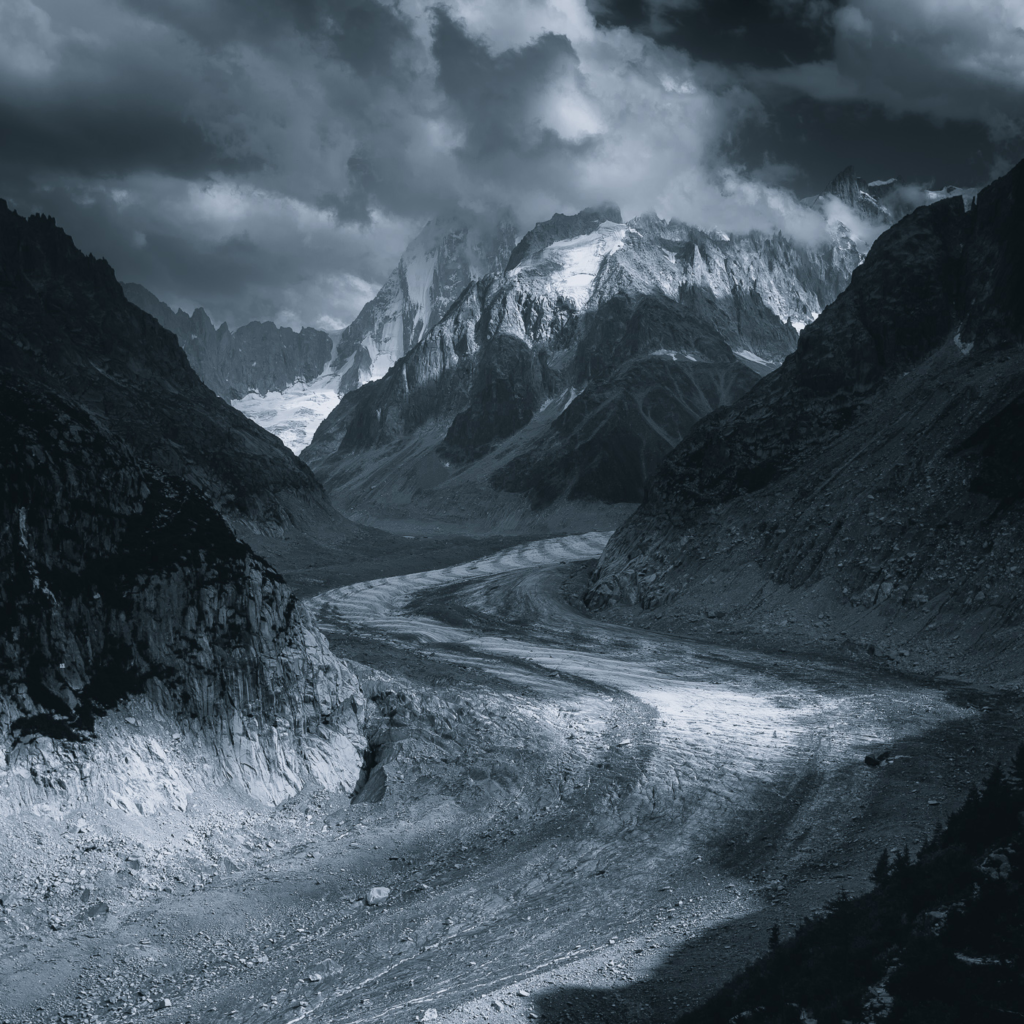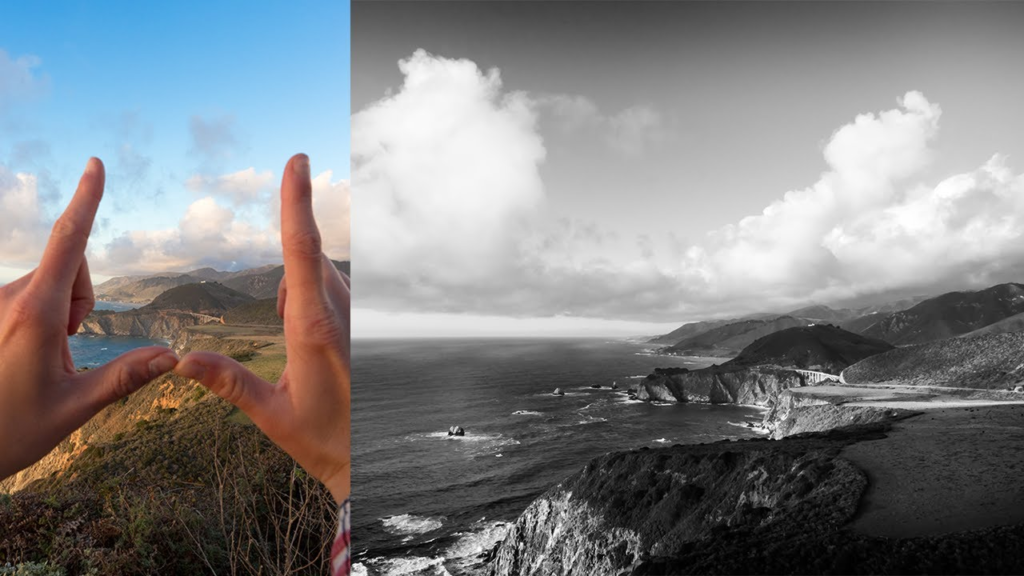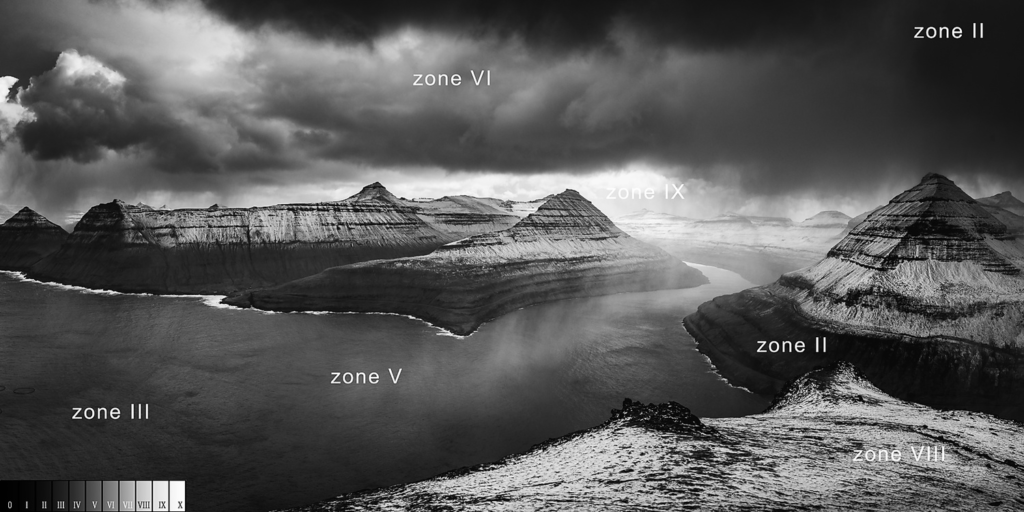Edward Burtynsky:

Edward Burtynsky, born in 1955, is renowned for his continued investigation of the ‘indelible human signature’ of the planet, caused by are excessive destruction of the natural landscape, for resources, land, energy, dump sights and more. He is famous for his large format photographs of industrial landscapes, That show immense detail of the increasing development of industrialization. This size and detail can overwhelm the viewer with with “astonishing colour and relentless detail”, always focusing on the consequences of global consumerism. He is an advocate for environmental conservationism and his work is deeply entwined in his advocacy.
“Our dependence on nature to provide the materials for our consumption and our concern for the health of our planet sets us into an uneasy contradiction. For me, these images function as reflecting pools of our times.”
He has received the inaugural TED Prize in 2005, and won the Tiffany Mark award in 2012. In 2006, he was named an Officer of the Order of Canada, and in 2016 he received the Governor General’s Award for Visual Arts. He also holds six honorary doctorate degrees.
You can find more about Edward Burtynsky Here.
He has many pieces of work, but the one I will be focusing the most on is his recent Anthropocene Project. In the photos below, taken from both aerial and subterranean perspectives, and presented at a large scale, the patterns and scars of human-altered landscapes appear to form an abstracted painterly language.
Photo Analysis:
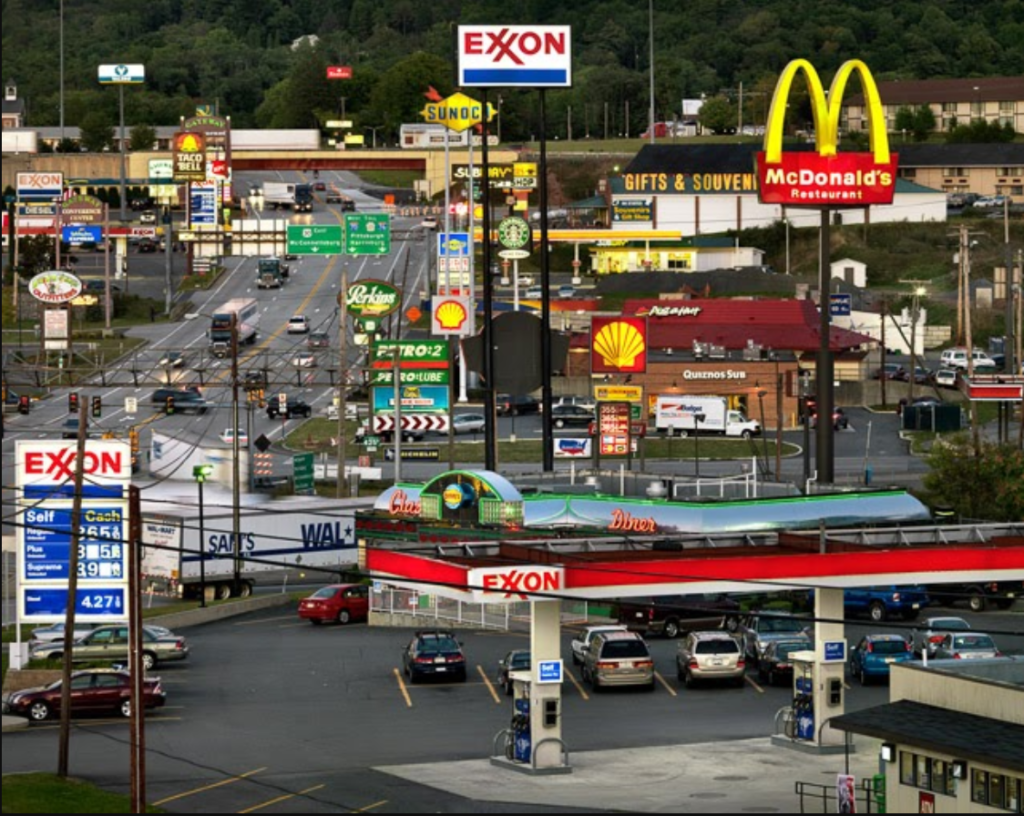
This photo found in his ‘oil’ series was taken in Pennsylvania USA, called ‘breezewood’. The photograph depicts around 5 gas stations all within seconds of driving distance between them. This photo instantly stands out to the view with bright colours from the various bill boards, trying do draw drivers in. Its almost unreal how many gas stations, shots and restaurants are all crammed into one image, along one road. It removes the power of an individual human in comparison to all the huge, globalized franchises. It shows how much we have evolved as humans from the single corner shop that would sell only the essentials to these company’s that sell everything we could ever need at our fingertips. The automobiles are the most common object in this photo, and are seen throughout the whole image, likely on purpose as Burtynsky has strong views on how cars have impacted the world as seen from this quote:
Burtynsky states, “The auto-mobile is the main basis for our modern industrial world, giving us a certain freedom and changing our world dramatically. The automobile was made possible because of the invention of the internal combustion engine and its utilization of both oil and gasoline. The raw material and the refining process contained both the idea and an interesting visual component for me.”
Photos I like from his Anthropocene series:


























